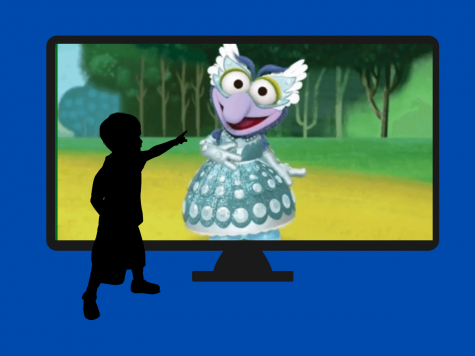STEM education puts boundaries on potential of arts education across America
STEM, an acronym for science, technology, engineering and math education, has become one of the most highly funded and popular disciplines in schools throughout the country.
In fact, President Obama’s 2015 budget proposal includes $170 million in new funding that will go directly into STEM programs. Furthermore, according to the U.S Department of Education, the influx of people into STEM related fields is projected to rise at least 60 percent by 2020.
Behind the big STEM push is the constant fear that the U.S. is lagging behind other countries in regards to math and science. According to the US Department of Education, the U.S. is falling behind internationally, ranking only twenty fifth in mathematics and seventeenth in science, with only 14 percent of high school seniors displaying interest in STEM career paths. For a self–proclaimed forerunner in technology, the U.S. is surprisingly low ranked.
While pushing STEM education in schools may promote technological innovation and influence students to go into technology–related fields, English and the Fine Arts are often left neglected in comparison.
I am in no way saying that the arts are more important than technology. Rather, I’m saying there should be a healthy balance between the two subjects. Language and fine arts develop certain important parts of the brain, while science and math develop other, equally important, areas. Both subjects are significant, but the problem lies in valuing one over the other.
More often than not, STEM is valued more than the arts, which is evident in two key ways— pushing students into technology–related fields and the underfunding of the arts.
At BG, for example, STEM is blossoming. The school has implemented iPads to the classroom, various clubs and activities are devoted to these subjects and extracurricular technology, science and math programs are offered to all students.
As a sophomore, I listened to a few guidance presentations. Our class sat in a computer lab and learned about the new digital age in which we will have to find jobs.
Besides throwing around a lot of statistics about population growth and technology surges, we were essentially told that, in order to be successful in today’s job market, kids must be prepared for technological jobs that have not even been created yet.
But why is this a problem, and how exactly is it rooted in the huge STEM education push? Perhaps the biggest problem in preparing kids for careers this way, is the way it changes the education system.
It’s not that students are being blindly pushed into STEM career paths, being told that success predominantly comes through technological innovation, which is not true.
Education should not be about conditioning students for careers, it should be about amassing knowledge and becoming an informed citizen—not being pushed into a lucrative career by highlighting the competitiveness of the tech job market and its ever–growing scope.
Focusing primarily on STEM education, we seldom give attention to the arts. Many arts and language programs are underfunded in comparison to their science related counterparts.
Though a career in the arts may not be as “profitable” as a career in STEM, this doesn’t mean school districts should leave them in the dust and insinuate that, in order to be successful in this day and age, we must go into the field of technology.
Though the U.S. is still trying to regain its footing as a technology powerhouse, it’s important to consider the repercussions on our youth. STEM education is crucial, pushing it to the point of underfunding the arts and conditioning students for a profit–centered job market crosses a line.
Maybe we should pay less attention to our global ranking and international competition, and pay more attention to a well–rounded and comprehensive education for students. STEM education has its place, but we should not be placing it on such a high pedestal and devaluing other career fields. The system may farm out a whole generation of software tycoons and the lingering question is, at what cost?




